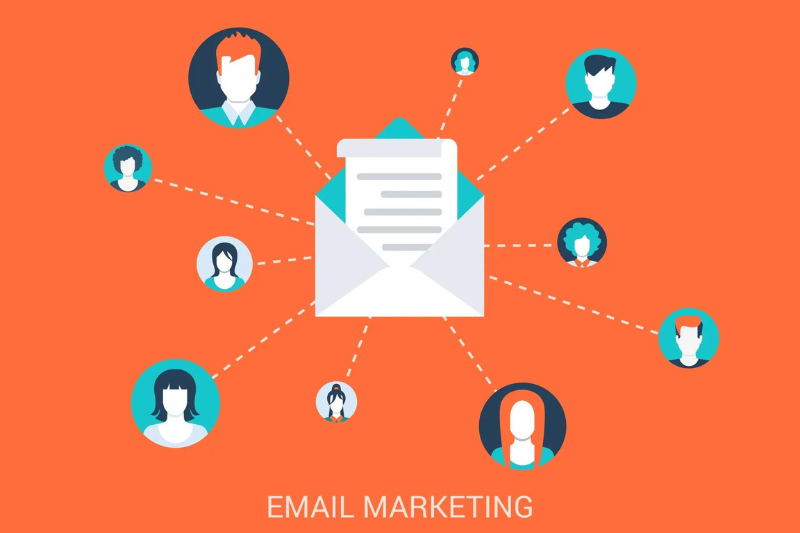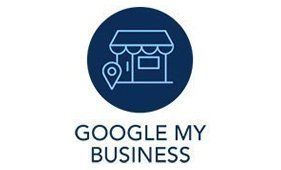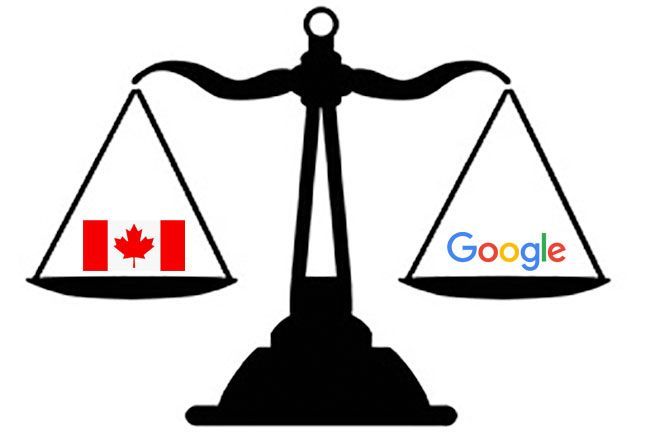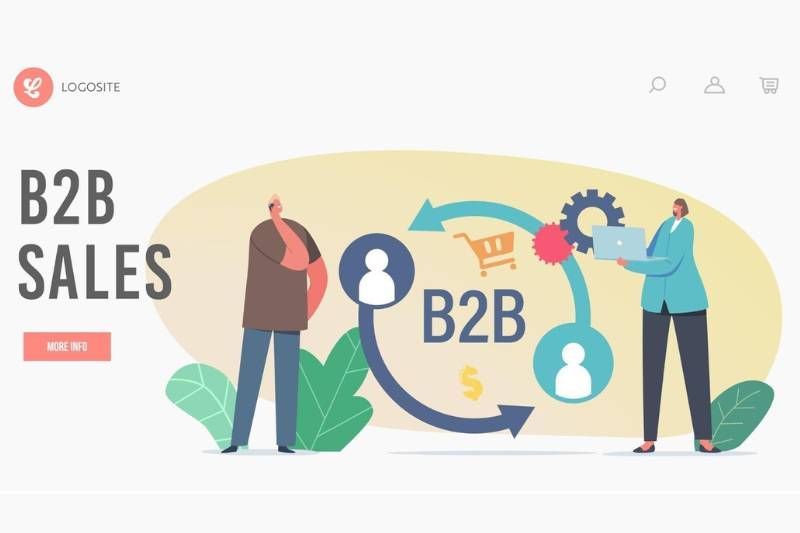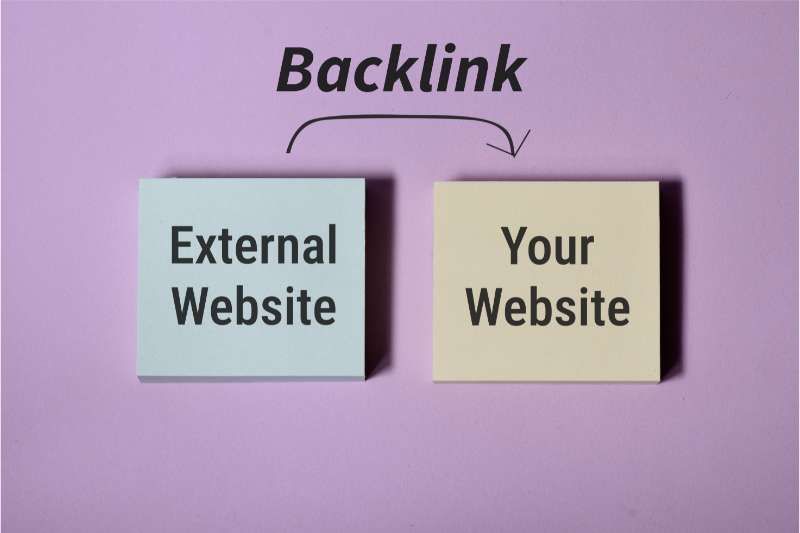How to Use Retargeting For Maximum ROI
Suppose you are looking to get more bang for your buck on your digital advertising campaigns. In that case, consider adding retargeting to your advertising strategy. It allows you to focus on your target audience and increase the return on investment of your campaigns.
In this article, we will discuss what retargeting is, and why it is essential for digital marketers striving for maximum return on their investments (ROI). You'll learn why the technique is powerful in driving conversions and reducing cart abandonment on eCommerce websites.
What is retargeting?
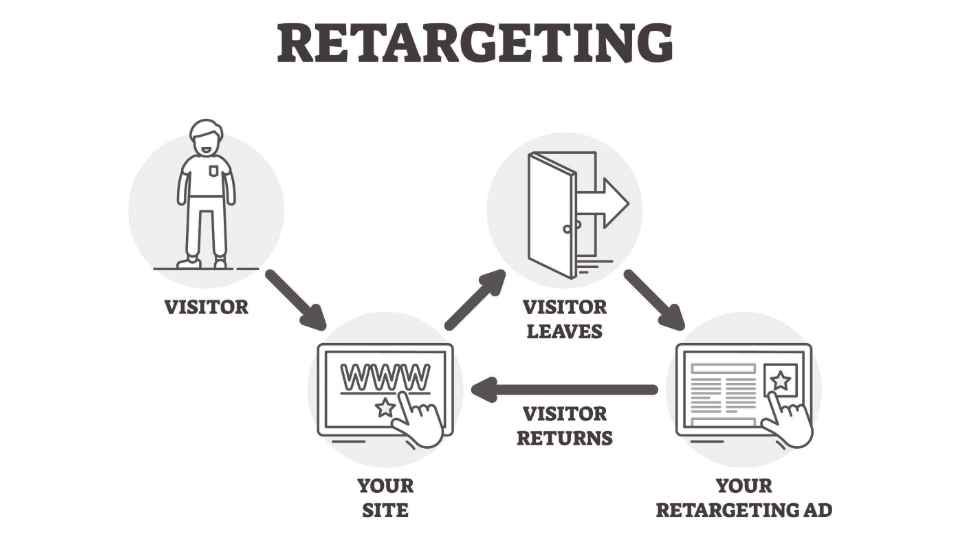
Retargeting is a digital ad campaign with targeted ads focusing on a previous website visitor. People who have already viewed the content on your website are the perfect audience for a marketing campaign. This is because they have already engaged with your brand, and with a remarketing campaign, you can entice them to revisit your website.
Retargeting is a sophisticated technique that tracks user behaviour on your website or web pages. You can then use collected data to personalize and optimize your ads for this particular audience. Retargeting ads are published on search engines (Google ads and Bing ads), and on social media platforms like Facebook.
To start planning an effective retargeting strategy, you should consider the following steps:
1. Determine your target audience.
To identify who will be targeted in your campaigns, analyze user data from past campaigns and develop buyer personas if needed. Consider demographics, interests, location, behaviour traits and purchase history.
There are several ways to build effective audiences for retargeting. You can create "lookalike" audiences that represent people who have already interacted with your brand or website in some way.
You can also create custom audiences based on web visitors' past activities on your site. For example, people who have added items to their shopping carts but never completed the checkout process (this is called cart abandonment).
2. Choose goals and objectives.
For any campaign, you'll need to decide how you want to measure success, e.g. ROI or increase in website visits. It will help you determine what types of ads should be used (display vs native) or whether you'd benefit from using a combination of both.
3. Create retargeting Ads.
Here's how to create retargeting ads with Google and Facebook:
Google:
- Set up a Google Ads account if you don't already have one.
- Create a remarketing list by going to the Audiences tab in the Shared Library.
- Choose the website or app visitors you want to target and set the parameters for your list.
- Create a new campaign and select "Remarketing" as the targeting option.
- Design your Google ad and choose the remarketing list you created as the target audience.
- Set your budget and launch the campaign.
Facebook:
- Set up a Facebook Business Manager account if you don't already have one.
- Go to the Audiences section in the Ads Manager.
- Create a Custom Audience by uploading a list of customer email addresses or by using the Facebook pixel to track website visitors.
- Create a new Facebook ad campaign and select the Custom Audience you created as the target audience.
- Design your ad and choose the ad placement options.
- Set your budget and launch the campaign.
Both Google and Facebook have their own set of audience targeting options. Test and experiment with different targeting options to find what works best for your business.
4. Set budgets and constraints.
It's important to set sensible budgets for each retargeting campaign and set your spending limits upfront. Also, consider any restrictions when selecting platforms. This may be based on your industry (e.g. medical advertising) or the ad formats you want to use. Think about this before you launch your campaign to avoid wasting energy and money on unsuitable channels.
5. Launch the campaign and track results.
Once you have set up the campaigns and established your budgets, you are ready to launch the campaigns.
Now it's time to measure the performance of your retargeting campaigns. You want to ensure a positive return on investment (ROI) from each campaign. Some metrics to consider when evaluating success include:
- Number of impressions served
- Number of clicks received
- Click-through rate (CTR)
- Conversion rate
- Cost per click (CPC)
- Cost per conversion (CPA)
Pay attention to how your campaigns perform to make any necessary adjustments or cancel them altogether if they aren't meeting expectations. Think about it this way, every dollar spent should be an investment that yields more leads/conversions and, ultimately, profits.
Combining Retargeting with Other Strategies for Maximum ROI
Retargeting is an effective tool in your digital marketing strategy. However, it can be even more effective with other marketing tactics. Here are a few ways to use retargeting to increase ROI:
1. Leverage AI and machine learning.
You can gain deeper insights into your customers' behaviour using artificial intelligence (AI) and machine learning. You can use this to fine-tune your retargeting campaigns for maximum impact.
2. Use a personalization algorithm.
Personalization algorithms allow you to segment audiences to better target them with customized content that resonates with their needs and interests. As a result, it increases the likelihood of driving conversions when consumers see ads relevant to them.
3. Utilize predictive analytics
Predictive analytics helps marketers better understand customer needs by considering a vast range of data sources such as demographics, location and past purchases. This enables them to personalize campaigns much more accurately.
By combining retargeting with these tactics, companies can reap an even greater return on their investment while optimizing their overall performance.
Tips for Optimizing Your Retargeting Campaigns
Retargeting is a cost-effective technique for recapturing web traffic and boosting conversions. Here are some tips to ensure you optimize your campaign:
Segment Your Audience:
If you want to get the most out of your campaigns, segment your audience into groups based on buying behaviour, interests, or demographic data. This way, you can tailor messaging and targeted offers to each group's needs.
Focus On Your Top Traffic Generators:
Focus on targeting people who have interacted with you before, such as website visits and email opens. These are typically more likely to convert into customers than cold traffic sources.
Differentiate between new and returning visitors:
Make sure you create different campaigns for new and returning visitors; you want to make a more significant impression with the latter by pushing more personalized ads.
Send out Frequency Capped Ads:
Frequency capping helps ensure that potential customers don't get annoyed from seeing too many of the same ads. Ensure that your retargeting campaigns are serving fresh content.
Set a Goal:
Before launching any retargeting campaign, set a goal you would like to achieve from the effort. For example: increasing sales conversions by 10% or capturing more leads.
Test Different Ads:
Test different ads to identify which ad variations will drive the best results for your campaign goals. Try changing up messaging, visuals/images and offers to determine which resonates most with viewers.
Track Performance Metrics:
Tracking key performance metrics is essential for getting accurate data about your campaign's success rate and ROI. Monitor critical KPIs regularly, such as clickthrough rates (CTR), impressions, conversion rates and CPC (cost per click). This allows you to make informed decisions about optimizing each advert or campaign further if necessary.
Following these tips can optimize your retargeting campaign for maximum ROI.
Conclusion
These are the basics of how to use retargeting for maximum ROI. It's an incredibly versatile tool and can be used to significant effect, regardless of your target audience or where you are marketing your business. If you can keep their attention with valuable content, then hopefully, when the time comes, they'll convert!
Do you have any questions on the above, or would you like to share your experience? Just email ideas@mawazo.ca or call +1 (833) 503-0807.
At Mawazo Marketing we work with owners of B2B companies who want to accelerate their business. We help them with a concrete digital growth plan, a website that saves operational cost, and a digital marketing system that generates leads. For qualifying clients we offer a 5x ROI guarantee: if we don't reach the objective, then we pay back the difference. Book a Free Strategy Session to find out more.





